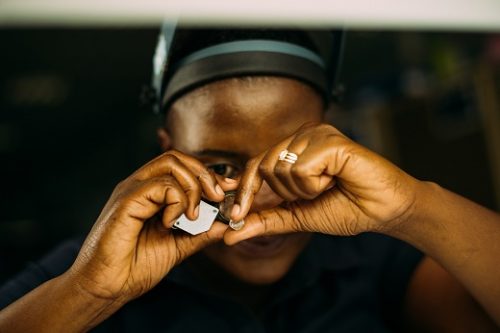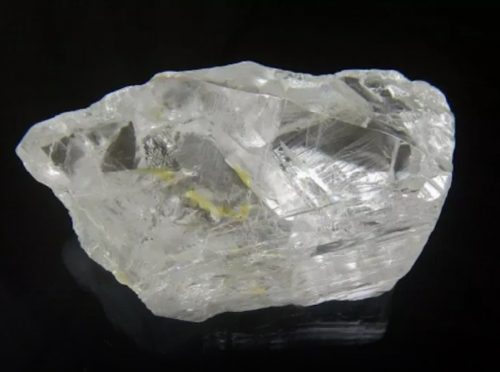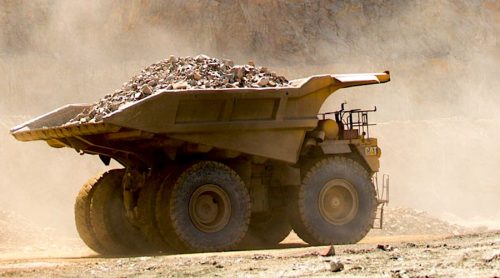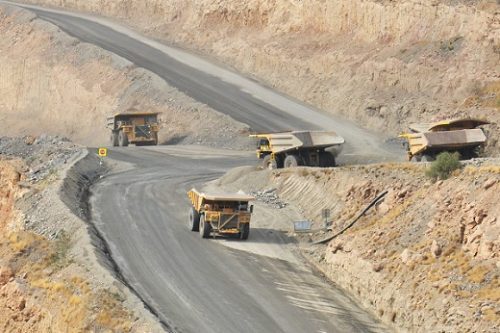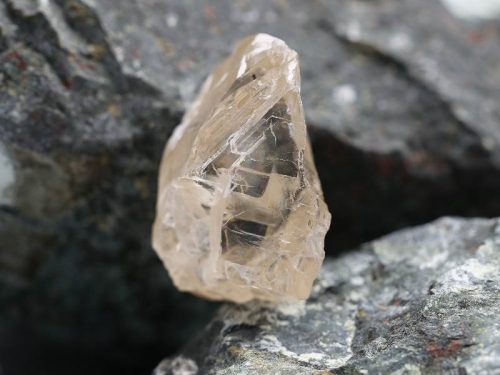The Karowe mine has produced a 998-carat diamond, the latest in a string of large rough stones from the lucrative deposit in Botswana.
Lucara Diamond Corp., which owns Karowe, will work with manufacturing partner HB Antwerp to assess how to maximize value from the rough, the miner said Wednesday. The unbroken, high-white, clivage stone — meaning it needs to be split before further processing — came from the EM/PK(S) unit of the site’s south lobe, which has yielded some of the world’s biggest and most famous diamonds.
“Lucara is extremely pleased with the continued recovery of large, high-quality diamonds from the south lobe of the Karowe mine,” said CEO Eira Thomas. “To recover two [500-carat-plus] diamonds in 10 months, along with the many other high-quality diamonds across all the size ranges, is a testament to the unique aspect of the resource at Karowe and the mine’s ability to recover these large and rare diamonds.”
The EM/PK(S) area produced the 1,109-carat Lesedi La Rona in 2015, as well as the 1,758-carat Sewelô, which HB bought in January this year in collaboration with luxury brand Louis Vuitton.
The Belgian manufacturer later agreed to purchase all of Lucara’s rough above 10.8 carats for the remainder of the year. Last week, Lucara announced the sale of a 549-carat diamond from the same high-value patch of Karowe, with HB and Louis Vuitton again partnering on the stone.
The arrangement with HB prevented a heavier decline in Lucara’s sales in the third quarter, the first period in which income from the partnership started appearing in the miner’s top line.
Group revenue fell 9% year on year to $41.3 million in the three months ending September 30, reflecting Lucara’s decision not to hold its usual tenders of stones above 10.8 carats, the company reported Wednesday. Instead, it sold 5,633 carats through the HB partnership, with sales taking place approximately twice a month, while the miner’s online selling platform, Clara, boosted sales of smaller goods.
Total sales volume fell 3% to 112,943 carats, with the average price down 6% to $365 per carat. The company’s net loss deepened by 35% to $5.4 million.
“Lucara is now receiving regular, predictable revenue for its [10.8-carat-plus] diamonds using a superior pricing mechanism based on estimated polished outcomes less a commission and the cost of polishing,” Thomas added.
Source: Diamonds.net




